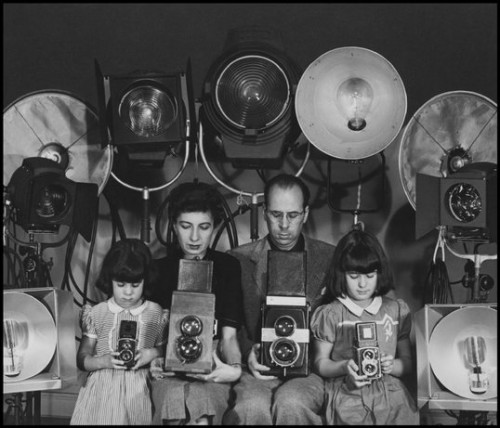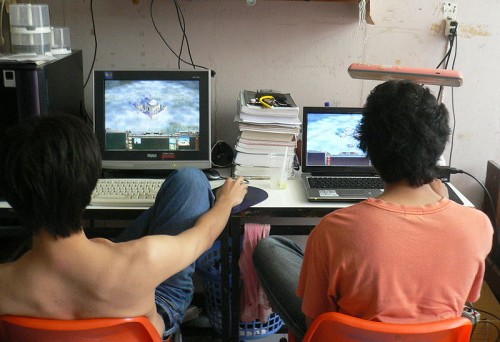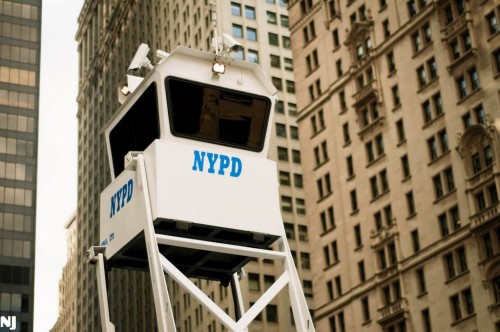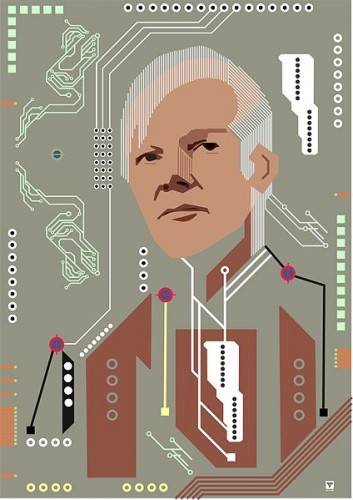A few weeks back, I wrote a post about special pieces of technology (e.g., backpacks, glasses, a Facebook profile), which become so integrated into our routines that they become almost invisible to us, seeming to act as extension of our own consciousness. I explained that this relationship is what differentiates equipment from tools, which we occasionally use to complete specific tasks, but which remain separate and distinct to us. I concluded that our relationship with equipment fundamentally alters who we are. And, because we all use equipment, we are all cyborgs (in the loosest sense).
In this essay, I want to continue the discussion about our relationship with the technology we use. Adapting and extending Anthony Giddens’ Consequences of Modernity, I will argue that an essential part of the cyborganic transformation we experience when we equip Modern, sophisticated technology is deeply tied to trust in expert systems. It is no longer feasible to fully comprehend the inner workings of the innumerable devices that we depend on; rather, we are forced to trust that the institutions that deliver these devices to us have designed, tested, and maintained the devices properly. This bargain—trading certainty for convenience—however, means that the Modern cyborg finds herself ever more deeply integrated into the social circuit. In fact, the cyborg’s connection to technology makes her increasingly socially dependent because the technological facets of her being require expert knowledge from others. more...









